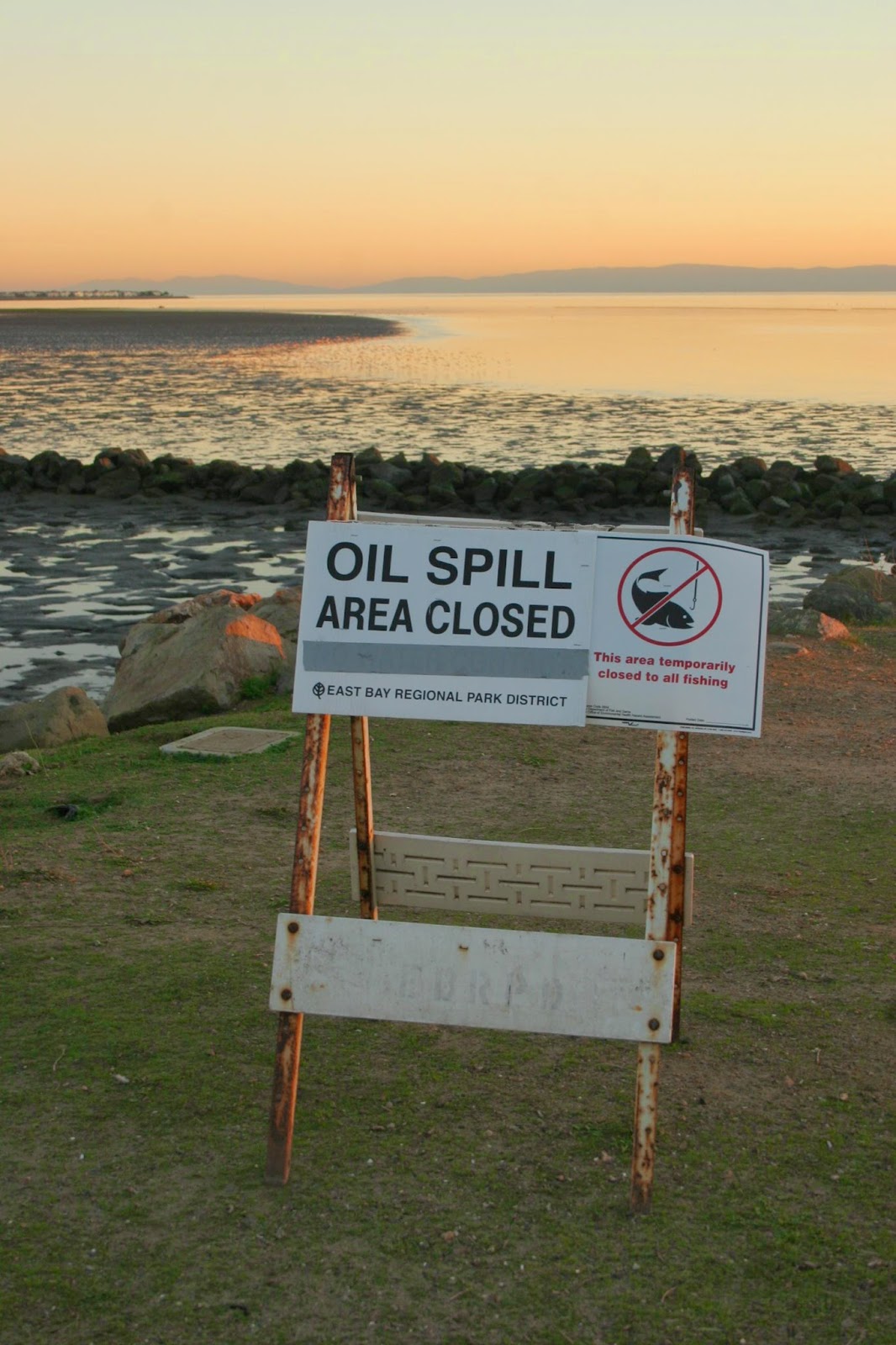
Photo: Flickr user Gwen (Creative Commons)
Sewage, Agricultural Runoff, Storm Drains, Oil Spills
Pollution in our waters comes from a variety of sources including sewage, agricultural runoff, storm drains and oil spills. There are approximately 55,000 chemicals in use in North America today, with about 1,000 new compounds formed each year. Add to that spills, small and large, of oil and other petroleum products along with reduced monitoring and enforcement of the laws that are supposed to protect our water – and the impacts only grow.
Toxic contamination pollutes the ocean, bioaccumulating and biomagnifying up the food chain. Killer whales, for example, are one of the most contaminated marine mammals in the world. The contaminants that build up in their bodies can cause reproductive complications, immune system failure and developmental problems. Reducing the number of chemicals we use and treating wastewater before it enters our oceans is key to tackling the problem of toxic contamination.
Questions to think about:
- What is agricultural runoff? How does it affect the marine environment?
- How does stormwater contribute to marine pollution?
- What are the impacts of dumping raw sewage into the ocean and how can we fix this problem?
- What are the anticipated impacts of an oil spill in the Salish Sea?
